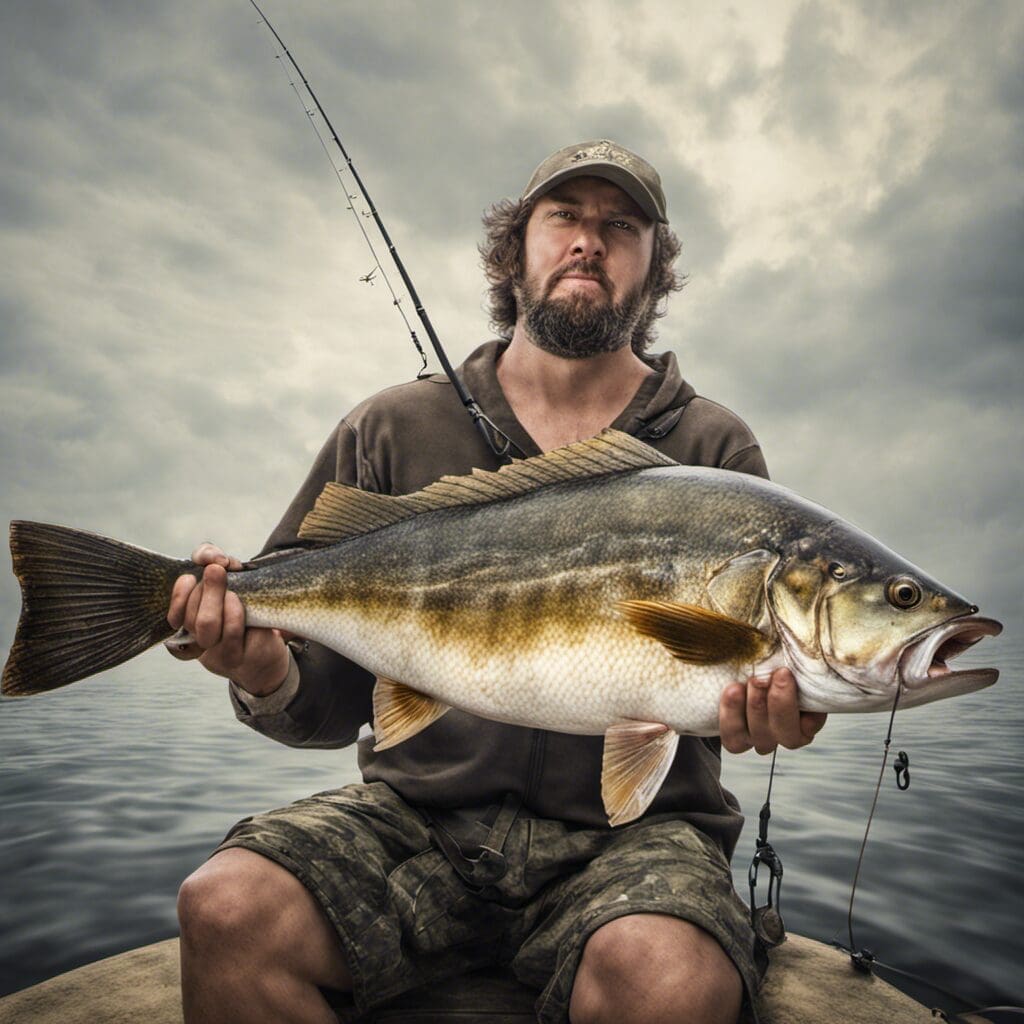Introduction
The C-O Sole or also known as the Pleuronectes isocellus is a marine species that belongs to Pleuronectidae family. This fish is of significant interest, both due to its unique characteristics and sought after by anglers due to its known cunningness.
Conservation Status
Presently, the C-O Sole is not endangered or threatened, and it is labeled as “LC” (Least Concern) on the IUCN Red List. Conservation efforts are not currently targeted for the species as it is plentiful in its natural habitats.
Statistics
| Statistic | Average | Range |
|---|---|---|
| Length | 45 cm | 20-60 cm |
| Weight | 1 kg | 0.5-2 kg |
| Average Lifespan | 12 years | N/A |
Distribution
These marine creatures reside extensively along the Pacific coast, from the Bering Sea down to the Southern California. As they are primarily a bottom-dwelling species, migration patterns are mostly short-distance and linked to spawning periods.
Habitats
The C-O Sole prefers cold, saltwater environments, typically finding home at depths ranging from 10 m to 500 m. Temperature conditions for these fish typically fall between 0°C to 20°C.
When and Where to See
The C-O Sole are more evident during the early spring and late fall, specifically during dawn or dusk.
Best Fishing Locations
- Bering Sea, Alaska
- Gulf of Alaska
- Coastal Waters of British Columbia
- Pacific Northwest
- Off the coast of San Francisco
How to Catch
A favourite among anglers, C-O Sole are typically lure with worms or small crustaceans during their active hours of dawn or dusk. Bottom fishing is the most effective method, given the species’ preference for dwelling deeper in bodies of water.
Identification Guide
The C-O Sole have elongated, diamond-shaped bodies. They are generally grey-brown, with dark spots scattered around its body.
Culinary
C-O Sole provides a moderately rich, tender, white meat. It’s typically grilled, seared, or baked and pairs well with a broad range of sauces and sides.
Additional Information
The C-O Sole is an opportunistic feeder, generally eating small invertebrates or other fish. Current threats include commercial fisheries and the coincidence of their coastal migration patterns with many anthropogenic activities.
References and Further Reading
- FishBase’s C-O Sole Profile
- NOAA Alaska Fisheries Science Center – C-O Sole

